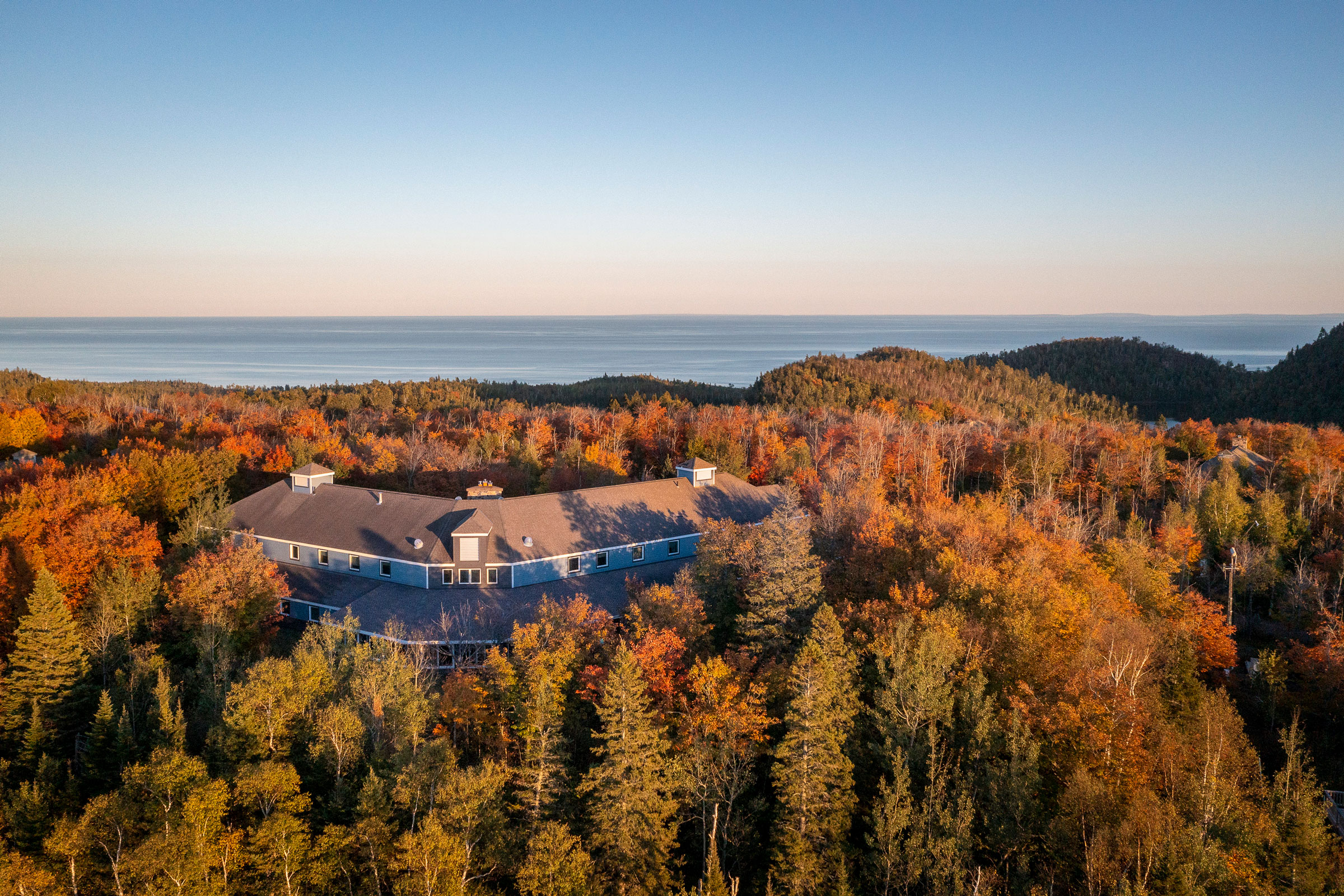Story at a glance:
- The Red List is maintained by the International Living Future Institute and serves as a comprehensive guide to the “worst in class” chemicals and chemical classes.
- Red List chemicals are known to cause harm to human and ecosystem health and have been linked to cancer, endocrine disruption, reproductive toxicity, and more.
- Architects, engineers, designers, and other construction professionals are encouraged to avoid using materials and products containing Red List chemicals.
Since its inception in 2006, the International Living Future Institute’s (ILFI) Red List has served as the foremost tool for communicating the need to stop using chemicals—particularly within the design and AEC industries—that are known to cause harm to human and environmental health.
Here we explore the ILFI’s Red List and accompanying LBC Watch/Priority lists, go over the basics of the Declare product label program, and take a look at a few examples of Red List Free products.
What is the Red List?
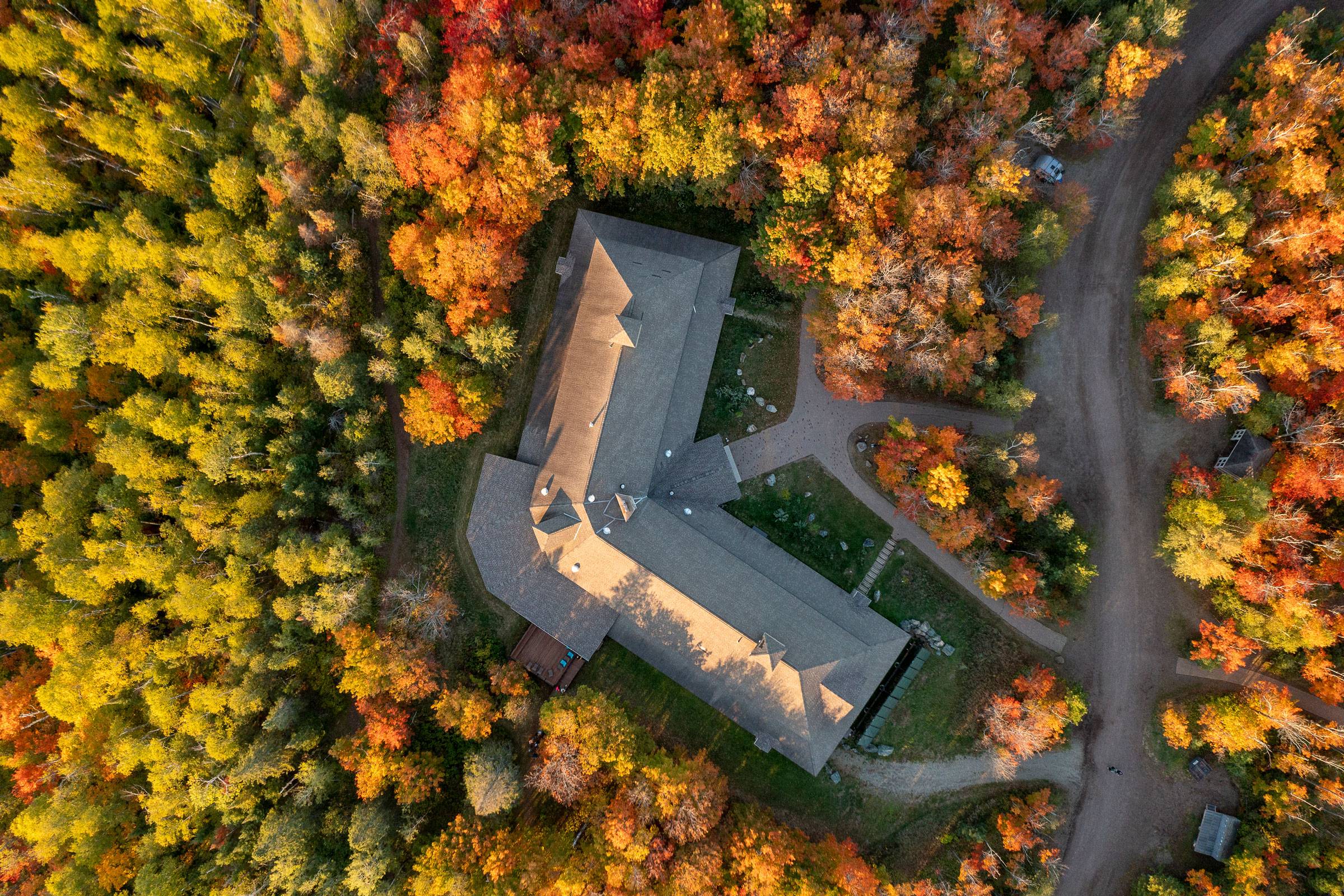
The Red List is a guide to those chemicals and chemical classes that the International Living Future Institute recognizes as being hazardous to human and environmental health. Photo by Chad Holder, courtesy of HGA
Developed and maintained by the ILFI, the Red List is a comprehensive guide to the “worst in class” chemicals and chemical groups known to cause serious harm to human and ecosystem health. These hazards include endocrine disruption, reproductive toxicity, chronic or acute organ toxicity, cancer, persistence, ozone depletion, and more.
All entries on the Red List are assigned a unique Chemical Abstract Registry Number (CASRN) and are classified under one of the following chemical groups:
- Alkylphenols (and related compounds)
- Antimicrobials (marketed with a health claim)
- Asbestos compounds
- Bisphenol A (BPA) and structural analogues
- California-banned solvents
- Chlorinated polymers
- Chlorobenzenes
- Chlorofluorocarbons (CFCs) and hydrochlorofluorocarbons (HCFCs)
- Formaldehyde (added)
- Monomeric, Polymeric, and Organophosphate halogenated flame retardants
- Organotin compounds
- Perfluorinated and polyfluorinated alkyl substances (PFAS)/perfluorinated compounds (PFCS)
- Phthalates (orthophthalates)
- Polychlorinated biphenyls
- Polycyclic aromatic hydrocarbons
- Short-chain and medium-chain chlorinated paraffins
- Toxic heavy metals
- Volatile organic compounds (VOCs) in wet applied products
- Wood treatments containing creosote or pentachlorophenol
Chemical classes are added to or retired from the Red List whenever a new version of the Living Building Challenge (LBC) Standard is released, whereas the Red List CASRN Guide is updated on a yearly basis. As of May 2024, the Red List included over 12,500 entries, with the majority falling under the PFAS/PFCS chemical class.
Projects like the Wolf Ridge Environmental Learning Center Margaret A. Cargill (MAC) Lodge, designed by HGA and pictured above, took great care to avoid Red List materials.
Why is the Red List Important?
The Red List is important because it helps architects and designers avoid building materials and products that are known to have a detrimental impact on human and environmental health, which in turn results in the creation of a healthier built environment and reduces the amount of toxic chemical pollutants entering the air, water, and soil.
Aside from promoting a healthier future, the Red List also inspires innovation by encouraging manufacturers to develop new formulas using safer chemical alternatives.
It should be noted that the ILFI’s Red List is not the only list of its kind—Cradle to Cradle, for example, manages the Restricted Substance List and Perkins&Will maintains their Precautionary List—but it is considered to be the most comprehensive in the industry.
What are the LBC Watch & Priority Lists?
There are two additional lists managed by the ILFI that act as companions to the Red List: the LBC Watch List and LBC Priority List. Both lists may be accessed via the 2024 LBC Red List CASRN Guide.
LBC Watch List
If a chemical or chemical class is added to the LBC Watch List, it signals that the ILFI is in the process of considering future inclusion in the Red List. Substances on the Watch List do not have any effect on a product’s Declaration Status (more on that later) and can be present in products selected by LBC project teams without impacting eligibility for certification.
In 2024 the ILFI—in collaboration with the Healthy Building Network and Red List Working Group—elected to add four new chemical classes to the LBC Watch List: asphalt, Stoddard solvents, isocyanates, and short-chain halogenated hydrocarbons. The ILFI is currently researching these classes and will consider adding them to the Red List in the future.
As of May 2024 there were 210 entries on the LBC Watch List.
LBC Priority List
Any substance included in the LBC Watch List may graduate to the LBC Priority List if the ILFI intends to add it to the Red List sometime in the near future. Chemicals and chemical classes must bear the “Priority” designation for a period of at least 12 months before they may be added to the Red List.
Substances on the Priority List do not affect a product’s Declaration Status, though they are flagged in light orange on a product’s Declare Label. There are currently 6,600 entries on the LBC Priority List.
What are Declare Product Labels?
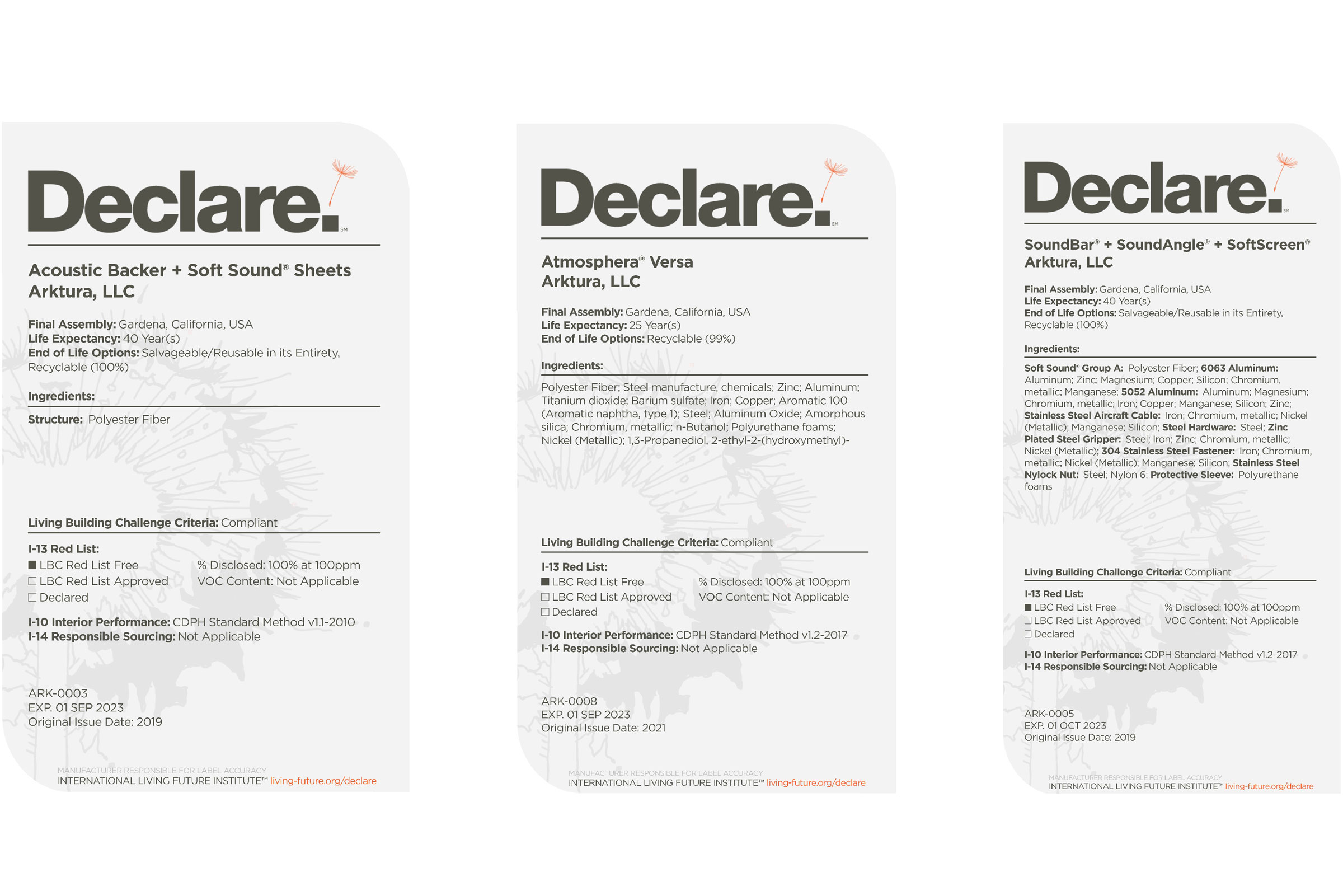
This is a sampling of Arktura’s Declare Labels, commonly referred to as nutrition labels for products. Image courtesy of Artkura
In addition to the Red List, the ILFI has also developed Declare, a platform that makes it easy to share and search for healthy building products. Declare provides a space for manufacturers to voluntarily disclose ingredients and product information on easy-to-read Declare labels, all of which may be accessed via an online database.
Each ingredient included on a Declare Label must be reported with a chemical name, CAS number, and percentage or a percentage range. There are three levels of Declare Label certification: LBC Red List Free, LBC Red List Approved, and Declared.
- LBC Red List Free. A product bearing this label discloses 100% of all ingredients present at or above 100 ppm (0.01%) in the final product and does not contain any Red List chemicals.
- LBC Red List Approved. Products with this label disclose at least 99% of the ingredients present in the final product and meet all LBC Red List Imperative requirements through one or more approved exceptions.
- Declared. Products with this label disclose 100% of the ingredients present in the final product, but contain at least one Red List chemical not covered by an approved exception.
To begin the Declare label application process, a manufacturer needs to have an active Living Future Membership linked to a 3E Exchange account. From there, the manufacturer can start inputting information for the Declare label in the 3E Exchange platform. A complete bill of materials (BOM) listing all intentionally-added ingredients present at or above 100 ppm in the final product is required for each Declare application.
Once the BOM has been submitted and the label license fees are paid ($1,100 USD per new label), all ingredients are screened against the Red List and the submission is reviewed by the ILFI to verify that it meets program reporting requirements. If accepted the label must then be approved by the manufacturer (and a third-party verifier, if applicable) before it is published to the Declare database by the ILFI.
Upon being published a Declare Label license is valid for 12 months, after which point it will need to be reevaluated against the current Red List and renewed. Products with a Red List Free or LBC Approved label whose formulation has not changed since the last renewal may be demoted to a Declared label if a constituent chemical was subsequently added to the Red List.
“These labels act as nutrition labels for construction and building materials,” Ricardo Ortiz previously wrote for gb&dPRO. “This type of reporting and certification on the sustainability of a company’s materials can be used as a tool for the actual builder or a building materials company. For builders, it may not be feasible to flip a switch and become a more eco-friendly, sustainable company overnight, however, taking small actions like sourcing sustainably built products can have a long-lasting impact on the future of building a more renewable future. Selecting products that have verified certifications can ensure that you understand the effect of a product on the environment and can select products that have the smallest footprint, while maximizing the design impact.”
LBC/LPC Certification & the Red List
The ILFI’s Living Building Challenge is an extremely rigorous green building rating system that encourages the design and construction of regenerative buildings, or buildings that ultimately have a positive impact on the environment. A similar program, the Living Product Challenge (LPC), also exists and serves as a framework for creating products that are healthy, inspiring, and give more than they take away throughout their life-cycles.
Projects and products are judged on how well they meet the performance requirements in seven core categories: place, water, energy, health and happiness, materials, equity, and beauty. It is in the “materials” category that the Red List comes into play, as the ILFI looks to eliminate the use of materials that are known to have a negative impact on human and environmental health.
For this reason, projects pursuing LBC Certification must avoid Red List chemicals in 90% of the project’s new materials by cost. All projects must contain two Declare-labeled products for every 200 square meters of gross building area or project area (whichever is smaller), and “advocate to all manufacturers that are not in Declare that they register their products in the Declare database.” Non-residential projects must also utilize one LPC-certified product for every 1,000 square meters of gross building area or project area.
Products seeking LPC Certification must possess a valid third-party verified Declare Label with a declaration status of either Red List Free or LBC Approved.
4 Examples of Red List–Free Products
There are currently thousands of Red List–Free products listed in the Declare database for architects and designers to use in their projects. Among them are:
1. Columbia Green Technologies Modular Green Roof Trays
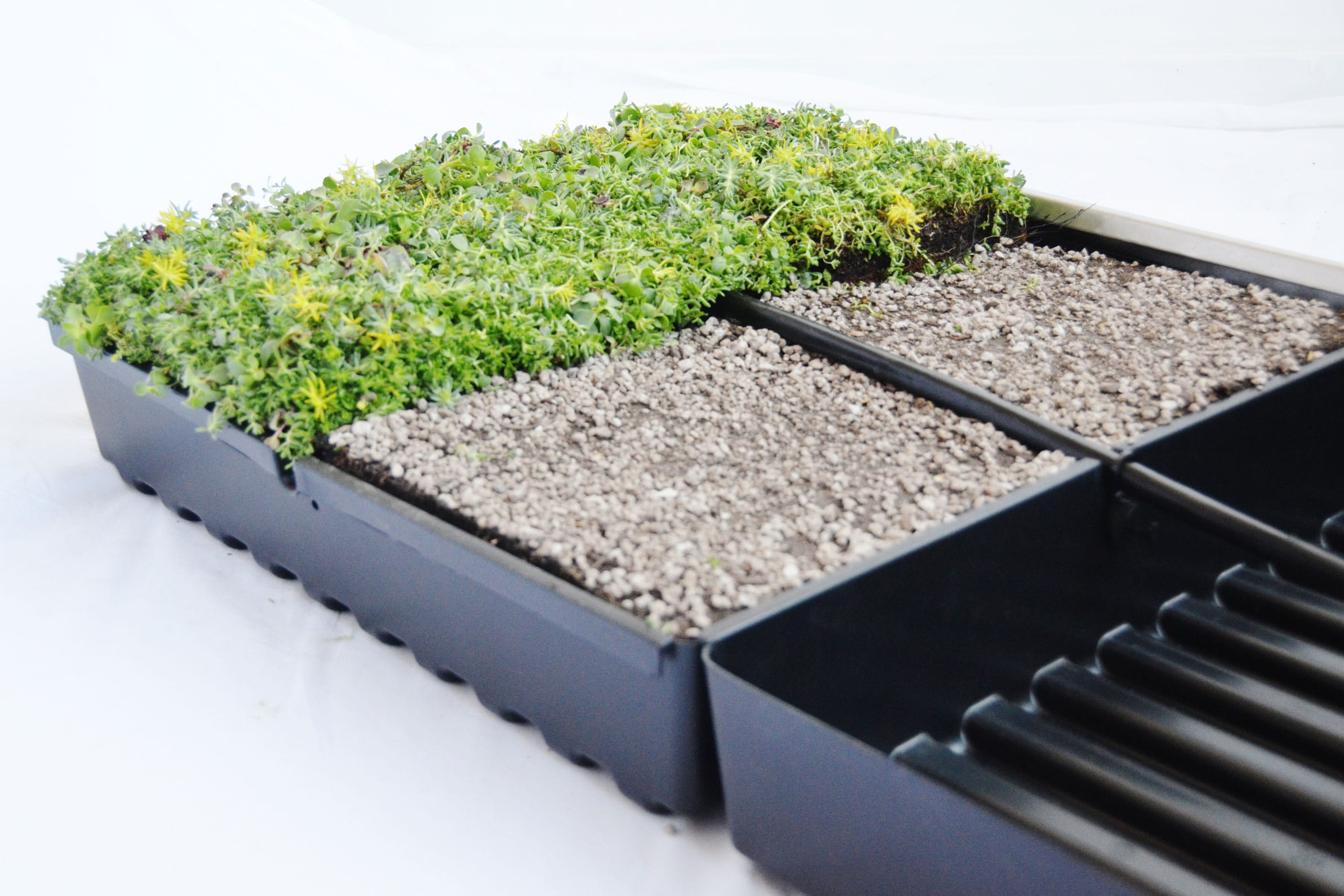
Both of CPG’s modular green roof plant trays are Red List Free-labeled products. Photo courtesy of Columbia Green Technologies
Based in Portland, Columbia Green Technologies (CTG) is a roofing contractor that offers a range of green roof solutions in the form of extensive green roofs, intensive green roofs, modular green roof trays, sedum, pavers, and pedestals.
Both of the green roof tray systems offered by CTG—the Pre-grown Tray and Planted-in-Place Tray—are Red List–Free. Modular green roof trays simplify the green roof process and eliminate the need for drainage mats, water retention mats, root barriers, and filter fabric. They also help with stormwater management by capturing and slowly releasing stormwater over time, reducing the need for supplemental watering.
“These trays are typically capable of retaining an average of 70% of precipitation,” Malcolm Kay, CEO of Archatrak, previously wrote for gb&dPRO. “The pattern of micro-holes and continuous troughs in the base promotes the air flow necessary for plant growth and root health by preventing overly saturated media. The metered release of water allows plants ample time to uptake water and nutrients from the growing media without sitting in standing water.“
2. Arbor Wood Co. Thermally Modified Wood
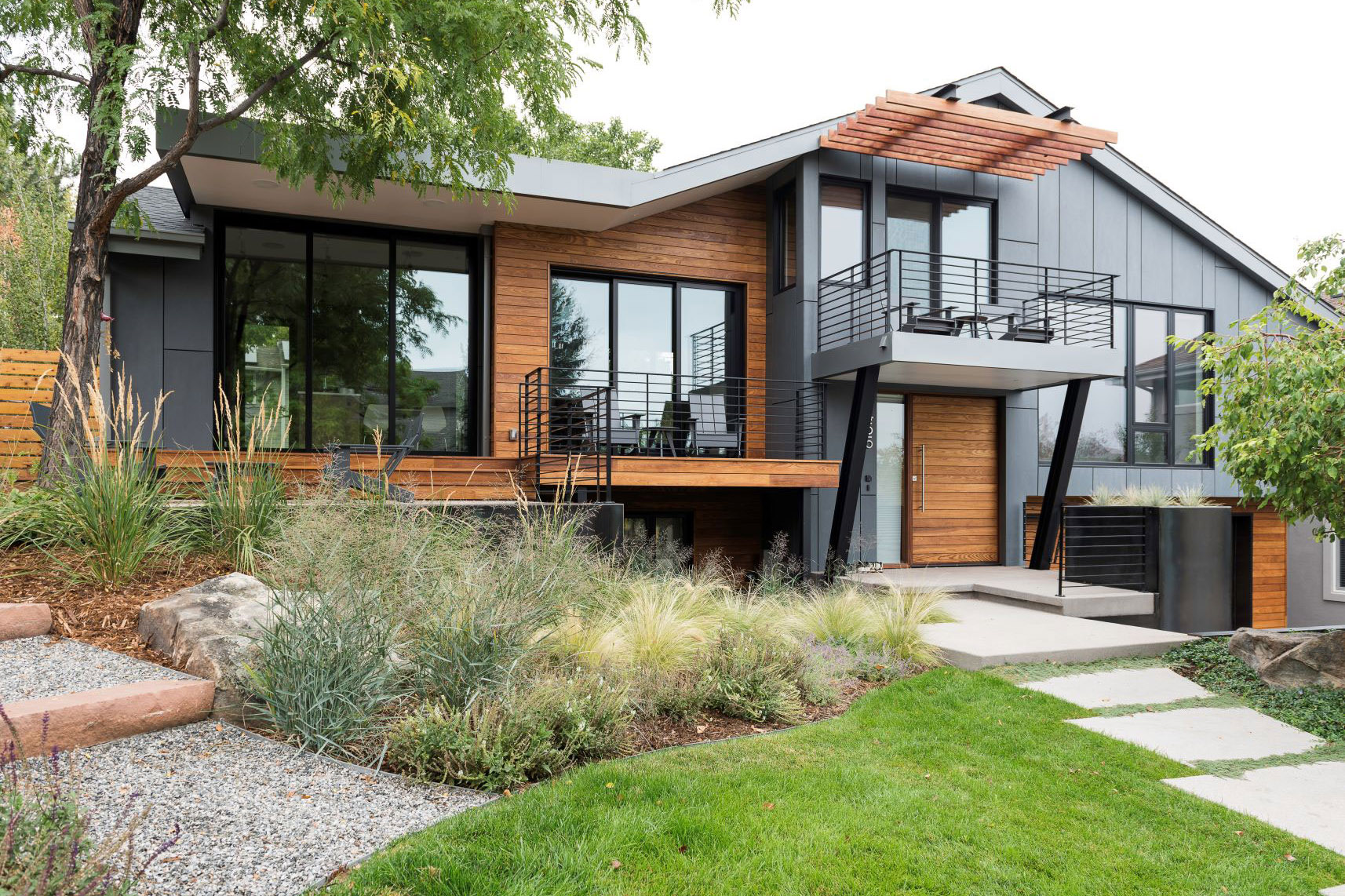
Arbor Wood’s unfinished Natrl Ash thermally modified wood is a Red List Free product and can be used for siding, decking, and more. Photo courtesy of Arbor Wood
Arbor Wood Co. is a leading building materials supplier that specializes in thermally modified wood, or wood whose cellular structure has been modified by heating it to over 180℃ in an oxygen free atmosphere. The changes that happen during this process ultimately improve the wood’s rot resistance, stability, and overall durability.
“During thermal modification, select-grade kiln-dried wood is subjected to a secondary high-heat thermal modification kiln where a chemical process called hydrolysis occurs,” John Heyesen, vice president of business development for Intectural—distributor of premium architectural materials and producer of Arbor Wood thermally modified timber—previously wrote for gb&dPRO. “It is this breaking up of the hydroxyl groups in the wood’s cellular structure that increases both durability and biological resistance by permanently reducing the material’s tendency to absorb water and serve as a food source for mold, rot, fungal decay, and insects.”
Arbor Wood sources all of their timber from domestic, sustainably harvested forests and manufactures their products using a specialized three-phase kiln process that is chemical free to minimize the company’s environmental footprint. As part of the company’s commitment towards sustainability, all of Arbor Wood’s unfinished thermally modified wood products are Red List Free and suitable for use in projects pursuing Living Building Challenge certification.
3. GCP Applied Technologies PERM-A-BARRIER NPS Wall Membrane

GCP’s PERM-A-BARRIER NPS boasts a Red List Free label. Photo courtesy of GCP Applied Technologies
Owned and operated under the Saint-Gobain manufacturing company’s family of brands, GCP Applied Technologies is a leading global provider of high performance specialty construction chemicals and building materials. GCP offers a number of Red List Free products, including PERM-A-BARRIER NPS, a non-permeable, primer-less, self-adhered air and vapor sheet membrane.
As an air-sealing product, PERM-A-BARRIER NPS helps improve energy efficiency by reducing air infiltration and exfiltration, which in turn reduces HVAC usage. “Less HVAC use means significantly less energy use, less money spent on heating and cooling, and a more sustainable structure,” Marysusan Couturier, R&D director of post-applied/air barriers/residential/fireproofing at GCP Applied Technologies, told gb&d in a previous article.
4. Arktura SoftGrid Acoustic Ceiling Elements
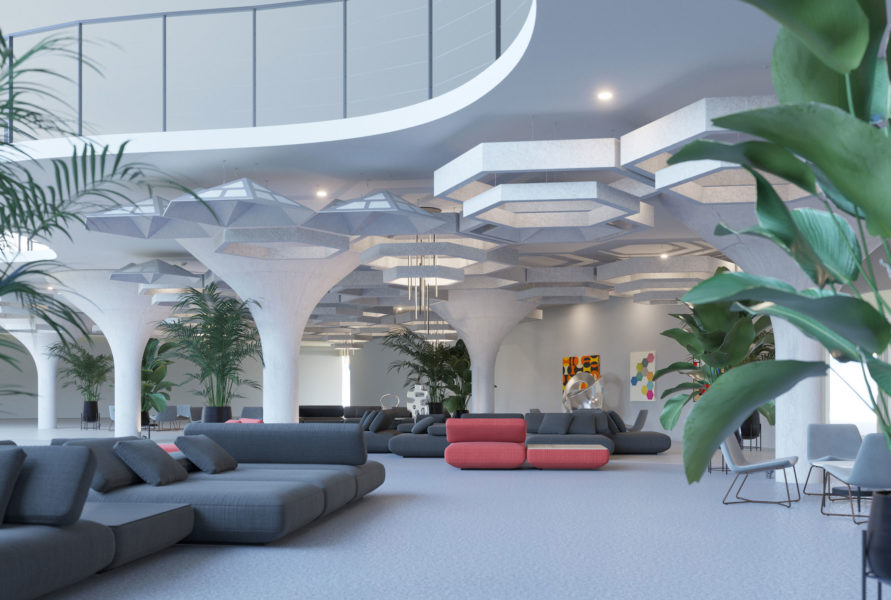
The open nature of SoftGrid Hex modules allows for existing lighting to shine through these acoustic modules. Photo rendering courtesy of Arktura
Headquartered in Los Angeles, Arktura is a leading manufacturer of innovative architectural systems and specializes in high-performance acoustic design solutions. Like GCP, Arktura carries numerous Red List Free-labeled products, with their SoftGrid® line of acoustic ceiling elements being amongst the most popular.
Offered in a variety of shapes and styles, SoftGrid modules can function individually or be connected with bridge clips to cover a larger area. Like all of Arktura’s acoustic products, SoftGrid modules utilize the company’s Soft Sound® Acoustic backing material. “Soft Sound is made of 100% proprietary PET (Polyethylene Terephthalate) material, with up to 60% recycled content, for a sustainable way to mitigate excess noise,” Ricardo Ortiz, brand experience, copywriter, and communications lead for Arktura, wrote in a previous gb&dPRO article.
Soft Sound fins help the SoftGrid family of acoustic ceiling modules reduce and control reverberations, making for improved working environments and better listening experiences.

